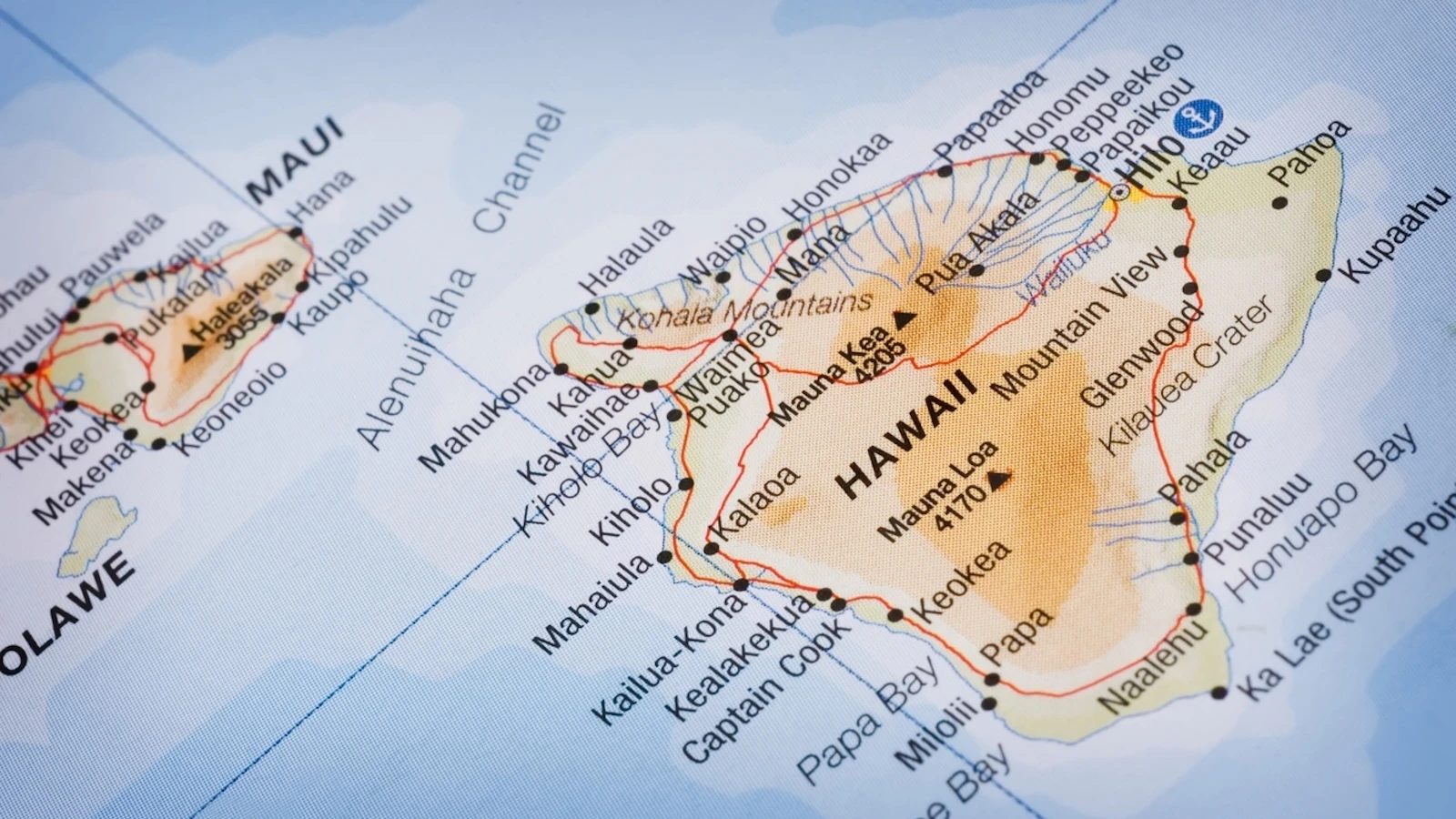For two Oʻahu-based arts and culture nonprofits – ʻIolani Palace and Bishop Museum – continued state funding is critical.
Leaders from both organizations addressed the House Committee on Culture and the Arts at an informational on May 8 to continue discussions around state funding. The access to capital, officials said, helps support its missions of preserving Hawaiian history that connect both residents and visitors alike to the Islands through robust collections, educational programming, community events, and more.
Executive Director of the Friends of ʻIolani Palace Paula Akana said at the briefing that the palace’s history is “so important, not only from what happened from the time of our kingdom and the overthrow, but also it represented the republic. It represented the territory and the first 10 years of statehood. So, this is really all of our history and your history, as well, in that building … It's really important that we have your support.”
Akana, who has served in this role since 2019, added, “This is the third year that we've received operational funding from the state and we're really thankful for it."
So far, such funding from the state has helped the palace handle repairs and maintenance that would otherwise fall to the state Department of Land and Natural Resources, which owns and manages the grounds administered by its State Parks Division, she said, adding, “We're a state monument, the same as Diamond Head.”
In fiscal year 2024, ‘Iolani Palace progressed on a $1.2 million roof repair and restoration project, which was supported by a $500,000 Save America’s Treasures grant and matching funds from the DLNR, the Friends of ʻIolani Palace’s annual report read.
“The $1.8 million in operational funding appropriated by the state Legislature allowed us to expand our dedicated team. This growth enabled the recruitment of additional staff members, empowering us to enhance visitor experiences, broaden educational outreach, and maintain the meticulous care of ‘Iolani Palace,” the nonprofit said in the report.
“The state’s operational budget allocation covers essential expenses, allowing us to focus our resources on critical preservation projects like the replacement of the nine iconic etched glass panes in the first-floor doors.”
Other projects in the works include an elevator replacement, repairs to the basement, a fire suppression system, and heating, ventilation, and air conditioning improvements.
Akana said ticket sales have reached to pre-pandemic levels, increasing the palace’s annual revenue from less than $3.5 million to between $6 million to $7 million over the last three years, per Pro Publica.
For Bishop Museum, state funding is equally as important for its operations, now even more so with potential cuts to federal funding streams.
Janet Bullard, the museum’s vice president of advancement and marketing communications, echoed sentiments similar to Akana.
Highlighting the cultural institution’s designation as the state Museum of Natural and Cultural History in 1988, she said, “Since then, we have taken that kuleana very seriously and tried to continue to provide that service to the community and partner with the state to provide value with not only our collection knowledge, but also our research and science knowledge.”
“Back in 2019, we were receiving a much smaller state subsidy, which was about 9% of our budget. Today, we are now receiving an amount that is in line with our peer institutions, or other natural and cultural history museums. So, for that, we are very grateful. … We can't support the people, the talented people, who do this work without this funding. We can't serve our community without this funding.”
According to Bullard, eight of the Bishop Museum’s 24 active federal grants have been terminated. Major grant funding from the U.S. National Science Foundation “from what we understand, has ceased.”
This places the organization at about a $4 million risk right now, she said.
Bishop Museum Board Chair Ann Botticelli added that while state funding has provided stability, the museum is working to grow its endowment, currently at $8 million. “It really should be $170 million to support our ongoing operations for the museum.”
"The state money is important, and I would argue should remain at that level," Botticelli said. "That doesn't mean we can't go out and find other sources of income from private entities, high net worth individuals, who have a specific focus on education, on preservation of culture, on understanding biodiversity in the environment."
In fiscal year 2023, Bishop Museum had a revenue of more than $21.5 million, per Pro Publica.
Both organizations invited lawmakers to tour their campuses and learn more about its respective histories.
Kelsey Kukaua Medeiros can be reached at kelsey@alohastatedaily.com.





